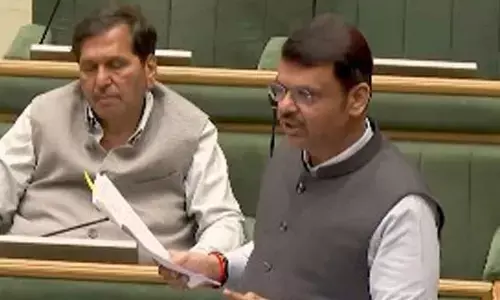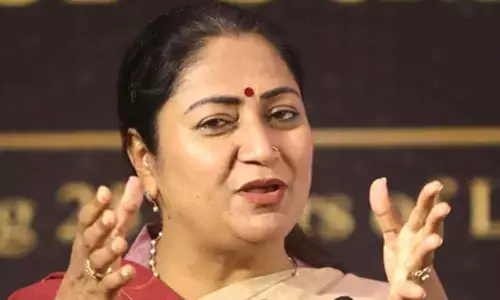Bi-monthly policy review: RBI maintains status quo

Bi-Monthly Policy Review: RBI Maintains Status Quo. Playing on the expected lines, the Reserve Bank of India (RBI) maintained a status quo in the key policy rate and also ruled out any scope of further tightening in the near future, if the inflation continues along the “glide path”, as in the words of central bank governor Raghuram Rajan.
.jpg) Playing on the expected lines, the Reserve Bank of India (RBI) maintained a status quo in the key policy rate and also ruled out any scope of further tightening in the near future, if the inflation continues along the “glide path”, as in the words of central bank governor Raghuram Rajan.
Playing on the expected lines, the Reserve Bank of India (RBI) maintained a status quo in the key policy rate and also ruled out any scope of further tightening in the near future, if the inflation continues along the “glide path”, as in the words of central bank governor Raghuram Rajan.
The RBI governor was seen laughing throughout the press conference – maybe the first time during his “ultra-challenging” tenure, and the laughs are well deserved.
Taking console from moderation in inflation, the RBI was seen sounding optimistic about the future.
Something that the central bank made clear on Tuesday was that unless drastic changes are introduced in the macroeconomic set up of the world, FY15 gross domestic product (GDP) growth is expected to be 5-6 per cent; way below than the near double figure observed during the UPA I.
RBI increased the liquidity provided under 7-day and 14-day term repos from 0.5 per cent of deposits of the banking system to 0.75 per cent. Economists believe it’s all done in order to ease liquidity in the economy.
RBI kept the repo rate at 8 per cent. The cash reserve ratio (CRR) was also kept unchanged at 4 per cent.
Raghuram Rajan was seen stressing upon the objectives set up by the Urjit Patel committee in name of Inflation Targeting (IT) and stressed we need to abide by them religiously.
The only reason the RBI was not interested in cutting down the interest rates was that there are still significant inflationary risks present in the economy and therefore, nothing but status quo can solve the purpose at present.
The other rationale behind the policy decision was the high rate of core consumer price inflation – at about 8 per cent.
The much talked about “El Nino” phenomenon was dismissed by the governor as it’s totally based on speculation, and the Indian food reserves are substantially compensated at least for now.
Considering the growth is sluggish and demands pressures are high, the RBI is totally justified in keeping the rates intact. Additionally, wage pressure (constant rise) is also reflecting inflationary expectations of workers and with the decision to play status quo, the RBI has arrested these expectations.
Furthermore, the RBI has sent the message to the next government that unless it takes real charge of the ground situation and brings about necessary changes in the economic policies, it’s very much handicapped to take the economy forward on its shoulders alone.
Most importantly, the deadline for implementation of Basel III norms by Indian banks was postponed to March 2019, a year later than earlier date, allowing banks more time to meet the challenge of arranging for required amount.
Adequate levels of liquidity are present in the markets at present, but only requirement is of directing the money to right places at the minimum operation cost possible.














